The history of Rockley Memorial Park
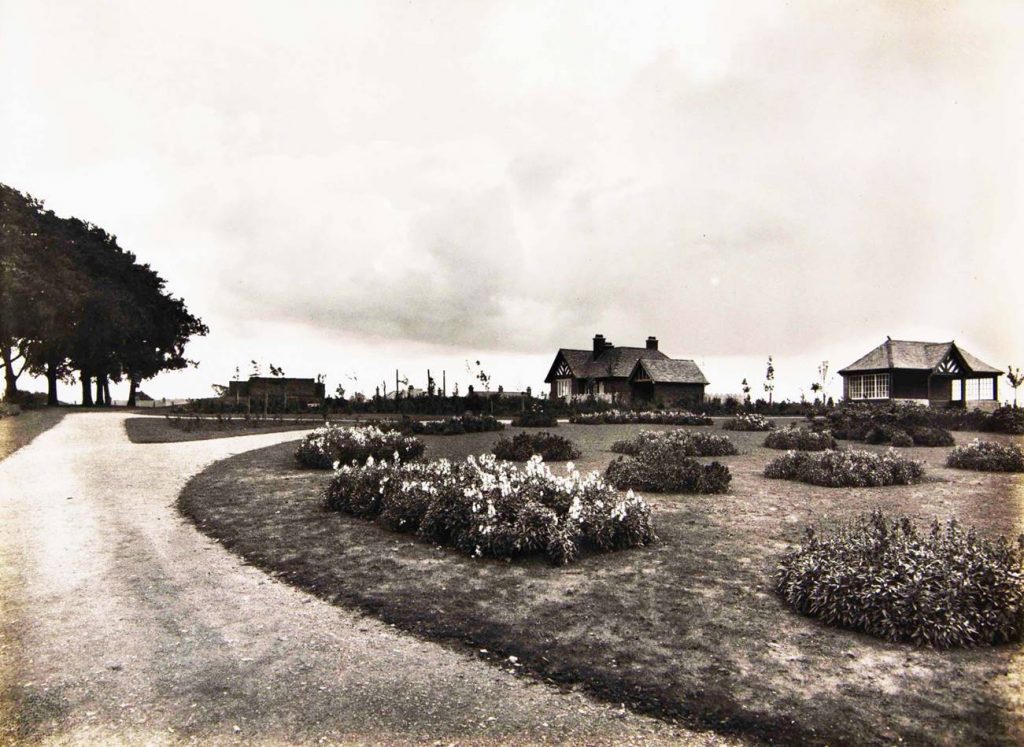
Rockley Memorial Park 1927
Rockley Memorial Park was donated to Radcliffe on Trent in 1927 by Lisle Rockley in remembrance of his son and local servicemen who lost their lives in the Great War. Rockley Memorial Park covers a large area and incudes a formal park, cliff walk, woodlands and access to the River Trent.
Click here for directions to the park and a descriptive overview
The Rockley family
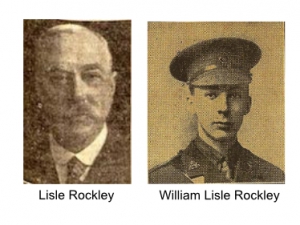
Lisle Rockley was born in 1859 in Radcliffe on Trent. He was the son of master-carpenter William Rockley and his wife Letitia, née Heape. Lisle Rockley entered the billposting and advertising industry as a young adult and soon became successful. He founded Rockley’s Limited in 1898 through the acquisition and amalgamation of five East Midlands’ companies. Rockley’s Limited flourished in the early 1900s, changing the appearance of city streets in the East Midlands with its striking posters. More companies were acquired, including one in Mansfield. Mr. Rockley was chairman of Rockley’s Limited for thirty years. During his career he was a member of the British Poster Advertising Association and their president three times. He was also a member of the Parliamentary Publicity and Censorship Committees of the Association and was twice chairman of the United Billposter Association.
Lisle Rockley married Margaret Matthews in the 1890s. They had two children: William was born in 1896 and Janet was born in 1897. Life changed significantly for the Rockley family when war was declared in 1914. William had just completed his education and joined the University of Nottingham Officer’s Training Corps. He was soon commissioned, set off for Gallipoli in 1915 with the 6th York and Lancaster Regiment and was awarded a Military Cross for gallantry in the campaign. He contracted various diseases picked up from insanitary conditions and was seriously ill when the British Army evacuated the peninsula in December. Following hospitalisation in Malta he spent most of 1916 in England, returning to the Front in the spring of 1917. Lieutenant William Rockley was killed by an exploding shell on 10th October 1917 during the 3rd Battle of Ypres while serving with the 10th York and Lancaster Regiment. His body was not recovered; he was twenty-one years old.
Click here to read more about William Rockley
Descendants of Janet Rockley, William’s sister, have told Radcliffe on Trent WW1 Group that Lisle was grief-stricken by his son’s death; creating a permanent memorial to him became his primary concern. After considering various schemes, he decided to lay out a park in Radcliffe on Trent.
The creation of Rockley Memorial Park
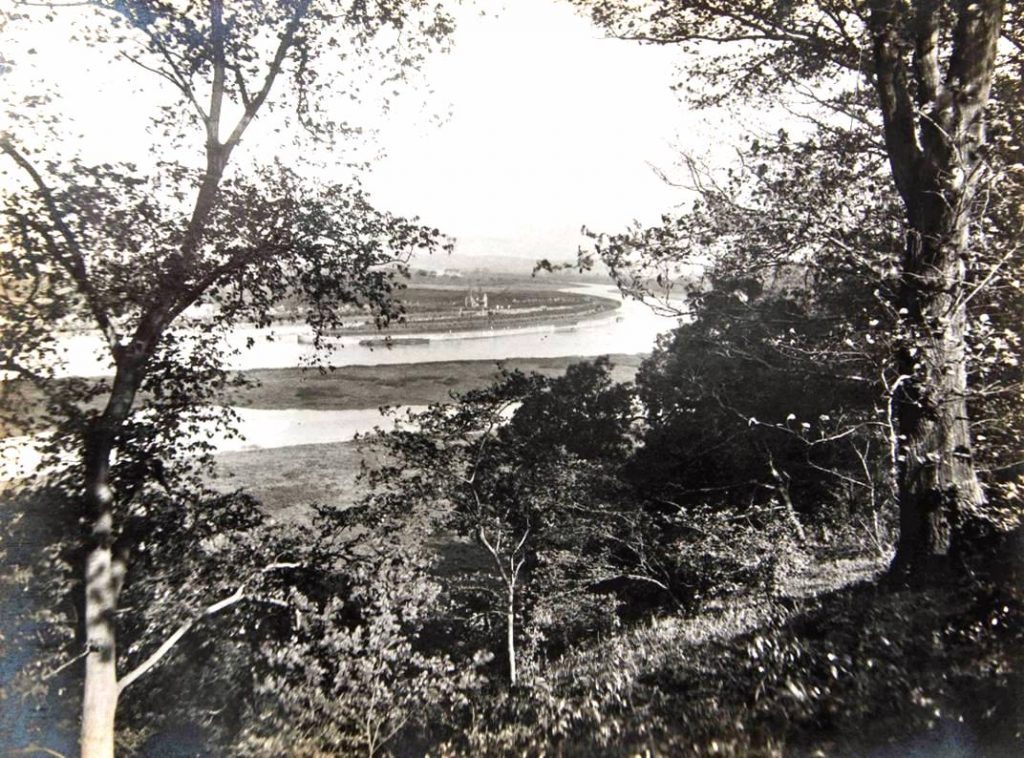
Radcliffe cliffs and woodlands 1927
Radcliffe on Trent had always had a wild woodland area with cliffs leading down to the river but in the 1920s there were no rights of way across it or public space for people to enjoy what was then described as ‘one of the loveliest beauty spots in Nottinghamshire’. The cliffs had been owned by Earl Manvers until he sold much of his land to Colwick Estates and private landowners in the early 1920s. In August 1926 Mr. Rockley approached Radcliffe Parish Council offering to buy several acres of the land now owned by Colwick Estates together with a small area of six acres held by twenty-five different owners in order to lay out a park. He wrote to the parish council as follows:
‘The object of my proposal is intended to provide a permanent, pleasant and useful memorial to the men of Radcliffe on Trent who gave up their lives in the Great War where, as some of you are no doubt aware, my only son made the supreme sacrifice and I should like with your permission that his name be in some way associated with it.’
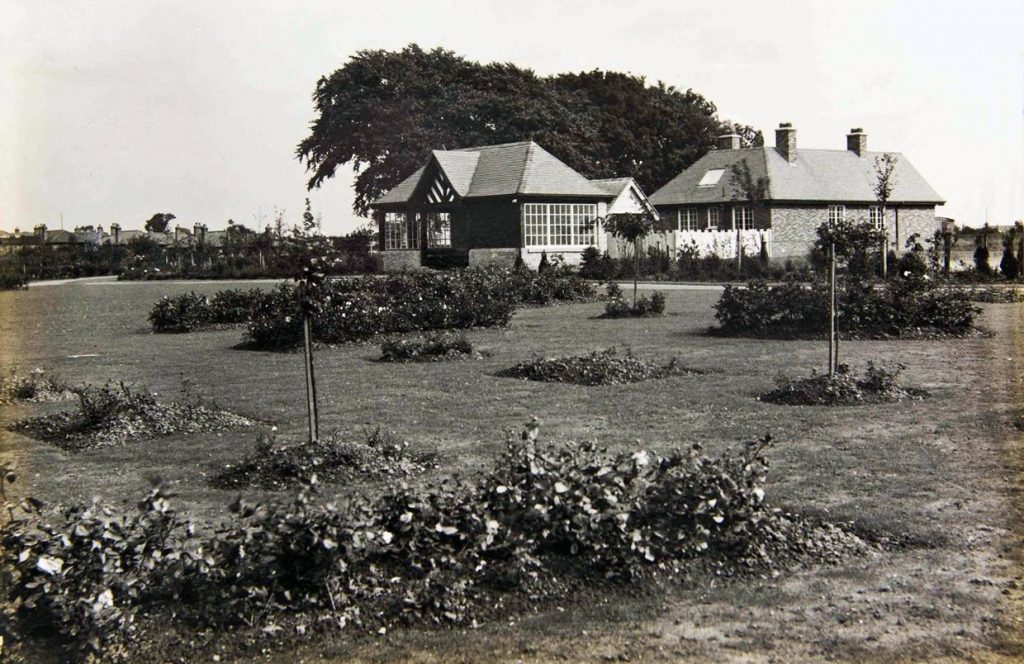
Memorial Park 1927 with pavilion and park-keeper’s bungalow
Work began on the park in November 1926 after the parish council had accepted Lisle Rockley’s proposal and he had purchased the land. The area was transformed in the following months. Two small parks above the cliffs were constructed. One was designated a ‘rest’ park where people could sit without being disturbed by games. The other was a ‘pleasure’ park, with flower beds, seats and a small pavilion for refuge in wet weather. A bungalow was built for a park-keeper and more than ten thousand ornamental shrubs, flowering trees and evergreens were planted. Mr. Rockley paid all the costs.
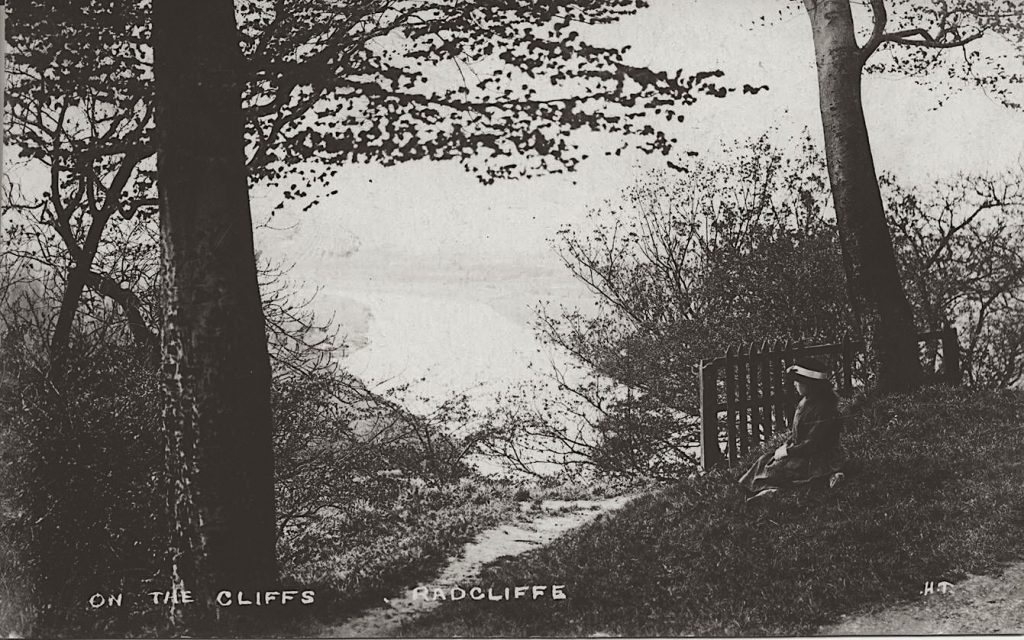
Cliff promenade 1927
A mile long grass promenade was laid out at the top of the cliffs. Vistas were cut through the trees, superfluous growth was cleared away, waterfalls were constructed by tapping hidden springs and dell walks were made leading down to the river. Local men, many of whom were ex-servicemen, carried out the work under the direction of Messrs. Kent and Brydon, a well-reputed Darlington firm.
Opening Ceremony

Opening ceremony, October 1927. Lisle Rockley is standing fourth left.
The opening ceremony took place on the 15th October 1927, marking the 10th anniversary of William Rockley’s death. The date was significant because 15th October 1917 was the day the Rockley family had received a telegram telling them their son had been killed.
The ceremony included hymns, prayers, speeches, buglers and a dedication, in line with typical procedures for unveiling WW1 memorials. Two bands led a procession of local ex-servicemen, boy scouts and girl guides from St Mary’s Church up to the new park where they were met by a huge crowd. Representatives from the military, ecclesiastical and civil spheres in Nottinghamshire were in attendance, giving recognition and status to the occasion. Among them were Alderman Huntsman, mayor-elect of Nottingham, Mr. Butler Parr, chairman of Radcliffe Parish Council, Mr. Tweedale Meaby, clerk to the county council, Viscount Galway, chairman of the county council, Major Robinson, four clergyman, Claire Birkin and the Rockley family. Mr. Rockley’s speech included the following words:
‘Under my scheme I’ve preserved and developed the woodlands and provided the inhabitants with the rights of access to the river. It was fortunate that Nature provided such a beautiful site to develop – one that is unequalled in Nottinghamshire. The preservation of these cliffs and woods, from which Radcliffe takes its name, appealed to me as a memorial which would endure, be worthy of the sacrifices made and give joy to generations to come. The pleasure I feel in making the gift would be greatly enhanced if I thought it would be appreciated. I would like to thank everyone directly or indirectly involved with the scheme for the help I’ve received. I ask you to accept this gift with all the love and affection of my wife, my daughter and myself. The only condition that I attach is that it shall be used as a pleasure ground.’

The memorial plaque, unveiled in the pavilion by Viscount Galway, remains in place today. The words convey the message Mr. Rockley wanted to give to present and future generations: ‘This Park and the adjoining Woodlands were presented to the parish council of Radcliffe on Trent by Lisle Rockley’. His name stands out in larger letters than the rest of the text, making it clear that the park and woodlands was his personal gift. The phrase is followed by recognition of public grief: ‘in honoured memory of the men of this village who fell in the Great War 1914-1918’. The sentiment reflects the national commitment to remember the dead. The next clause referring ‘also to the dear memory of Lieut. William Lisle Rockley M.C. 10th York and Lancaster Regiment killed in action October 11th[i]1917 at the Battle of Ypres in the 22nd year of his age’, displays the private grief of a father for his son. The plaque ensured that the Rockley name would not be forgotten and that the park would carry Lisle and William’s names forward into the future.
Mr. Rockley continued to play a major role in the park’s management and paid for its upkeep for the first three years. During this time he set up a bird sanctuary on the cliffs. In May 1928 the Parish Council asked him to consent to the park being called Rockley Memorial Park and he agreed. He disposed of his business assets during that year and retired from the British Poster Advertising Association in 1929. He died in 1932 and his ashes were scattered in the park by his wife and daughter.
[i]William Rockley’s date of death is contentious. It is given as 11th October on the plaque in Rockley Memorial park but is listed as 10th October on his military records held at the National Archives, Kew and in the York and Lancaster Regimental War Diary.
Rockley Memorial Park today
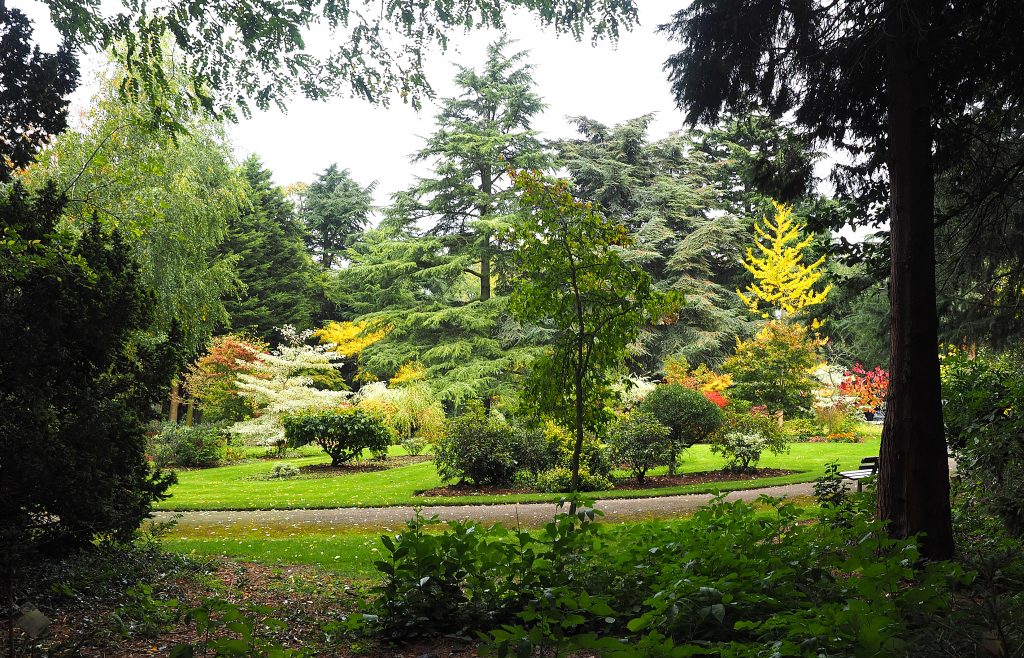
Autumn 2018
Radcliffe Parish Council took over the costs of the park in 1930 and has maintained it since that time, carrying out many improvements over the years. In April 2013 the council extended the park area by purchasing the Lily Ponds, situated at the foot of the cliffs between Hallow Well and the weir and adjacent to the River Trent. The fifteen acre area is a designated local wildlife site. Conservation work at the Lily Ponds has included cutting back nettles to create a picnic area, improving access paths from the cliffs, clearing weeds in the ponds and pollarding waterside willows. Wildlife experts have found a wide range of aquatic invertebrates and vertebrates as well as many bat and bird species, Birds of conservation concern have been identified: kingfisher, willow warbler and swift among them and, in the last two years, a family of buzzards.
Rockley Memorial Park Commemoration October 2018
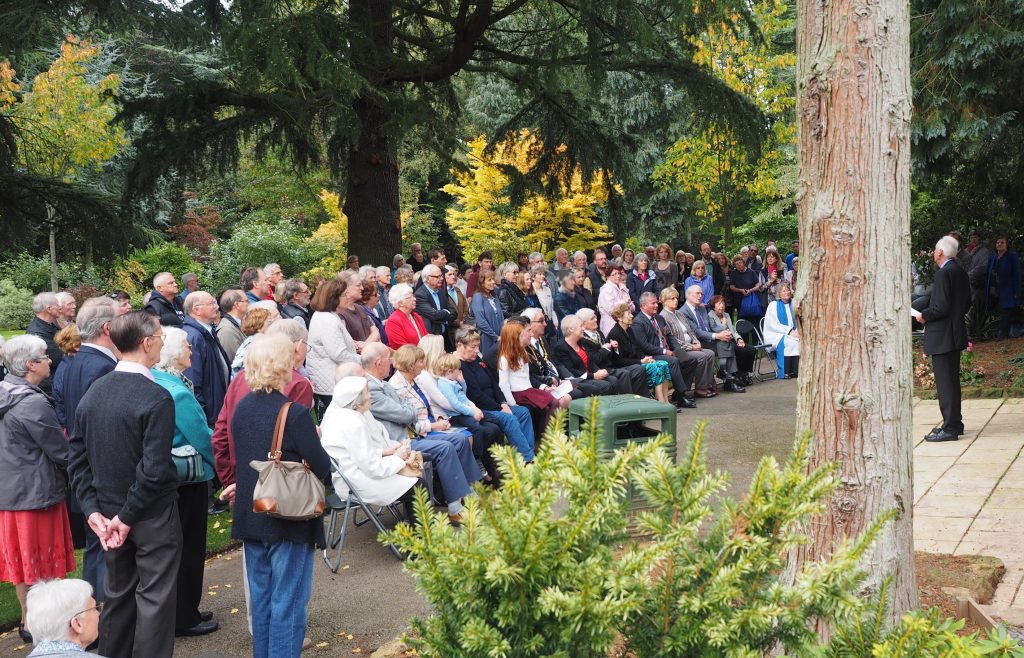
Rockley Memorial Park commemoration 2018
Radcliffe Parish Council organised a commemorative event at the park, in conjunction with Radcliffe on Trent WWI Group, on 15th October 2017 to commemorate ninety years since its opening. Lisle Rockley’s great-granddaughter, great-great grandson and his children were present alongside military, ecclesiastical and civilian representatives from Nottinghamshire. The group mirrored, as closely as possible, the dignitaries who attended in 1927. Many local residents were present at the ceremony to remember the death of William Rockley and to give thanks for his father’s gift.
Click here to read more about Rockley Memorial Park commemoration
Rockley Memorial Park, cliff walk and woodlands is a living memorial which changes with the seasons and over time. It is a place full of memories. Some descendants of those who lost relatives in the First World War still go to the park to remember them. Many people have personal memories of taking children and grandchildren to the play area, walking their dogs, meeting their friends, fishing by the river, working in the park as employees and volunteers or relaxing there on sunny days. The walk along the cliff top is particularly enjoyed by people of all ages and its many memorial benches are a testament to the number of Radcliffe residents who loved the park. Mr. Rockley’s vision of a pleasurable place for villagers to enjoy for ever has been realised through his unique creation.
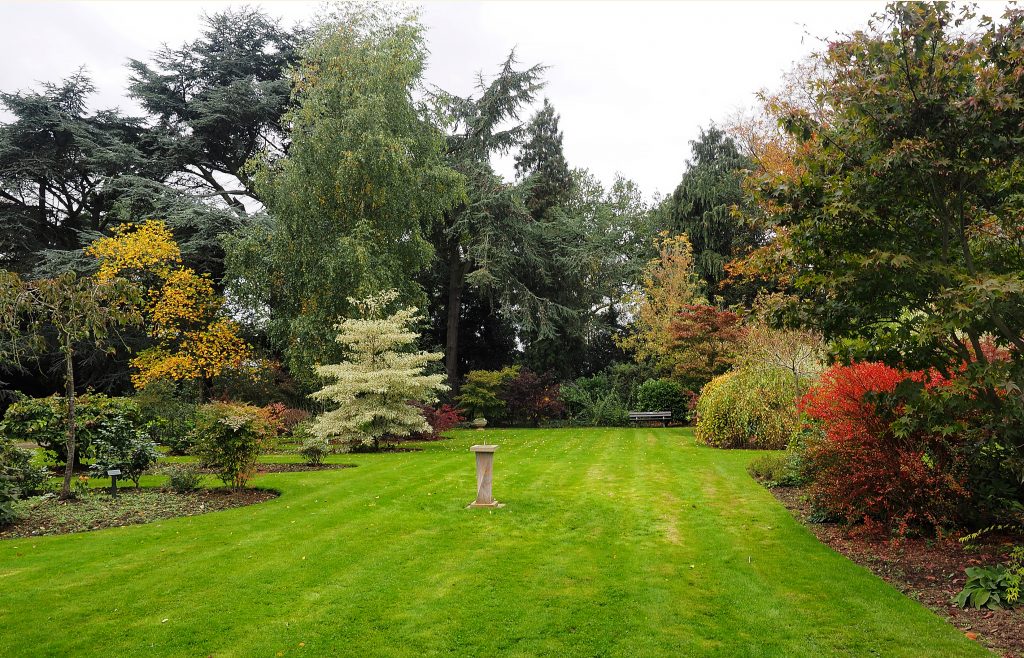
Rosemary Collins
